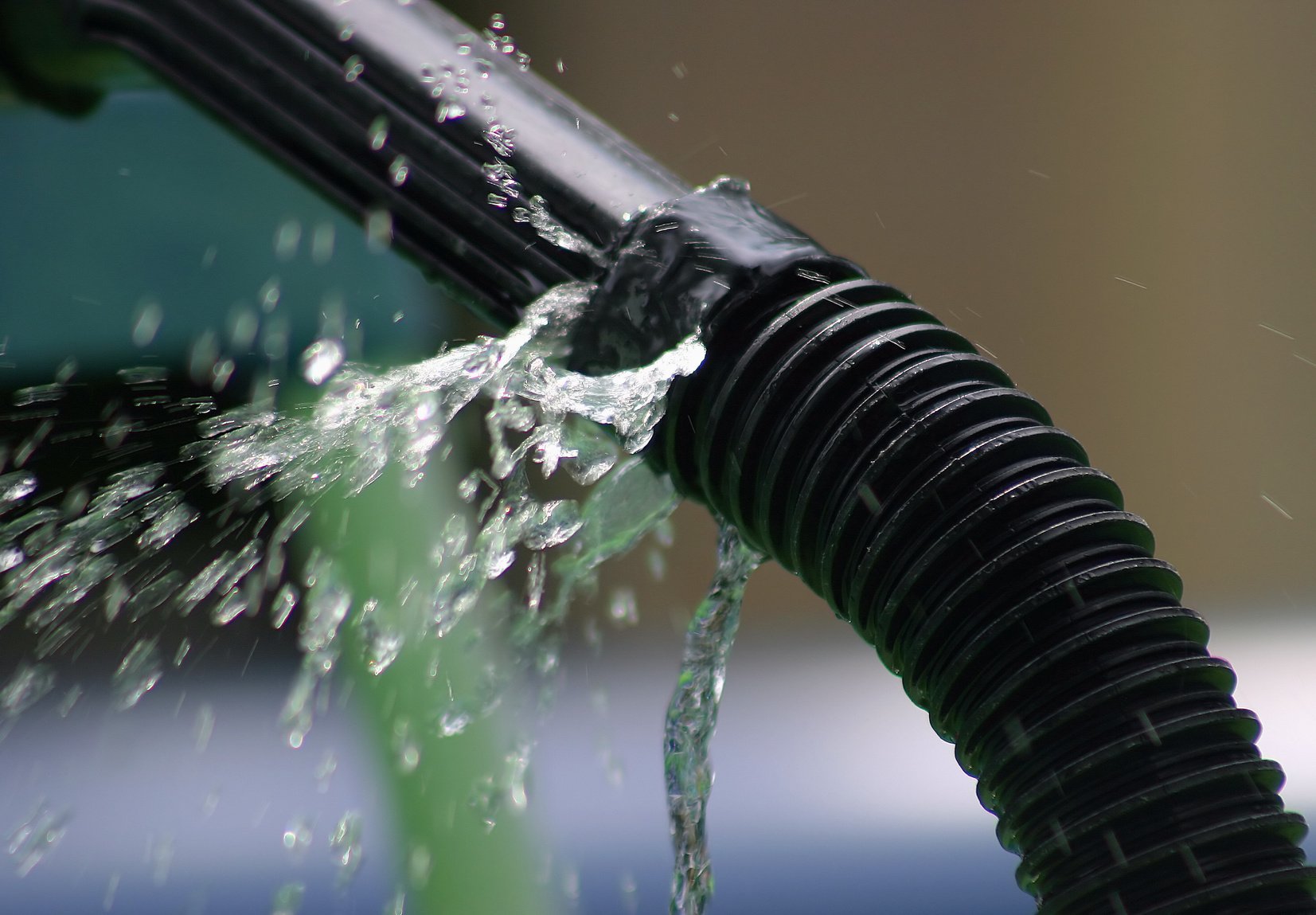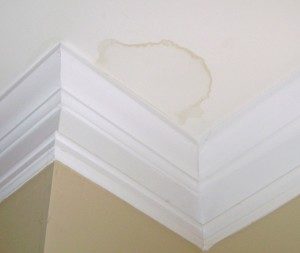Right here in the next paragraph you can get lots of outstanding tips on the subject of How to detect water leaks in your home.

Leakages not just cause waste of water but can also trigger unnecessary damage to your residence and also advertise unwanted organic growth. By recognizing and looking for day-to-day scenarios that create leakages, you can safeguard your residence from future leaks as well as unnecessary damages.
Instantaneous temperature level adjustments.
Severe temperature changes in our pipelines can cause them to increase as well as get suddenly. This expansion and also contraction may trigger cracks in the pipes, specifically if the temperature are below cold.
Rusty water systems
As time goes by, your plumbing system ages and also corrosion such as rust may start eating away the pipelines. This could be the reason for staining or bending on your pipes. This asks for an assessment with your plumber instantly. Take into consideration changing the pipes given that they are at a higher risk of rust than the more recent models if our plumbing system is old.
Malfunctioning Pipe Joints
Pipe joints can deteriorate over time, resulting in water leaks. If you have loud pipelines that make ticking or banging sounds, particularly when the hot water is turned on, your pipeline joints are possibly under a great deal of pressure.
Trespassing origins
Many water leakages start outside the residence rather than inside it. You may see damp patches or sinkholes in your backyard, and also that might mean that tree roots are invading water lines triggering water to permeate out.
Poor Water Connectors
Sometimes, a leakage can be brought on by loose hoses and also pipelines that provide your devices. More often than not, moving is what causes the loosened water Links. You may locate when it comes to a washing equipment, a hose may spring a leakage as a result of drinking during the spin cycle. In case of a water links leak, you may notice water running directly from the supply line or puddles around your devices.
Obstructed Drains
Blocked drains may be irritating and also inconveniencing, but they can sometimes wind up causing an overflow resulting in burst pipelines. Maintain removing any kind of materials that may drop your drains pipes that could block them to prevent such troubles.
All the above are causes of leaks but not all water leaks result from plumbing leakages; some leakages could originate from roof covering leakages. All leakages should be repaired right away to prevent water damages.
Leaks not only cause waste of water but can also create unnecessary damage to your home and also advertise undesirable natural growth. By recognizing as well as looking for day-to-day circumstances that cause leakages, you can protect your home from future leaks as well as unnecessary damages. Today, we will look at six leak creates that may be causing your pipes to trickle.
At times, a leakage can be caused by loosened hoses as well as pipelines that supply your home appliances. In instance of a water connections leak, you may observe water running straight from the supply line or pools around your home appliances.
Common Household Water Leaks to Watch Out For
Common household water leaks
A sudden increase in your water bill or a change in water flow in your home may be due to a leak. One of the leading causes of leaks is corrosion. Pipes are susceptible to rust as they age. Consider changing your older plumbing system for newer models once you see signs of wear and tear. Pipe joints can also deteriorate easily since they represent the weakest point in a line.
Serious clogged lines may also lead to burst pipes. The same thing applies to excess water pressure. It is also best to keep watch for rapid temperature changes, especially when it is freezing. These cause pipes to expand and contract, leading to cracks. Loose water connectors and broken seals in your appliances are also common causes of leaks.
Water softener leaks
If there is a leak in your water softener, it is most probably due to three reasons — loose water line connections, defective rotor valve or cracked bypass valve assembly. If the problem is with the waterline, this can easily be repaired by tightening the fitting.
Meanwhile, damaged components must be replaced right away. Leaks can also be due to a punctured brine tank or a worn-out rotor valve seal.
Water supply line leaks
Water supply line leak is one of the most common water leaks in the house. This is quite difficult to detect as the supply pipes are buried several feet below the ground. If the leak is severe, you will see water seeping up towards the surface, directly above the pipe.
Check if there are ground parts where the soil is constantly damp. Sometimes, the leaking water travels along the pipe and back to the meter box. If you see suspicious water in the meter box, this may be an indication of a leaking water supply.
Pool and fountain leaks
A leak in the pool plumbing the size of a pinhole can result in 970 gallons of wastewater within a day. Imagine the astronomical water bill you will be paying if this goes undetected for a month or so.
Warning signs of leakage in pools include loose tiles, cracks in the pool shell and formation of algae too soon after chemical treatment. You may also want to check and see if the soil surrounding the pool is constantly damp. If you want to test if your swimming pool or fountain is leaking, try placing a marked bucket on the top step and compare the water levels after 24 hours.
https://www.fancypantshomes.com/helpful-tips/common-household-water-leaks-to-watch-out-for/

Hopefully you enjoyed our topic about How to Find Water Leaks. Many thanks for taking the time to read through our content. Do you know someone else who is very much interested in the subject? Please feel free to share it. Kudos for your time. Visit us again soon.
Get A Quote
Comments on “Unveiling the Primary Sources of Leakage Within Your House”